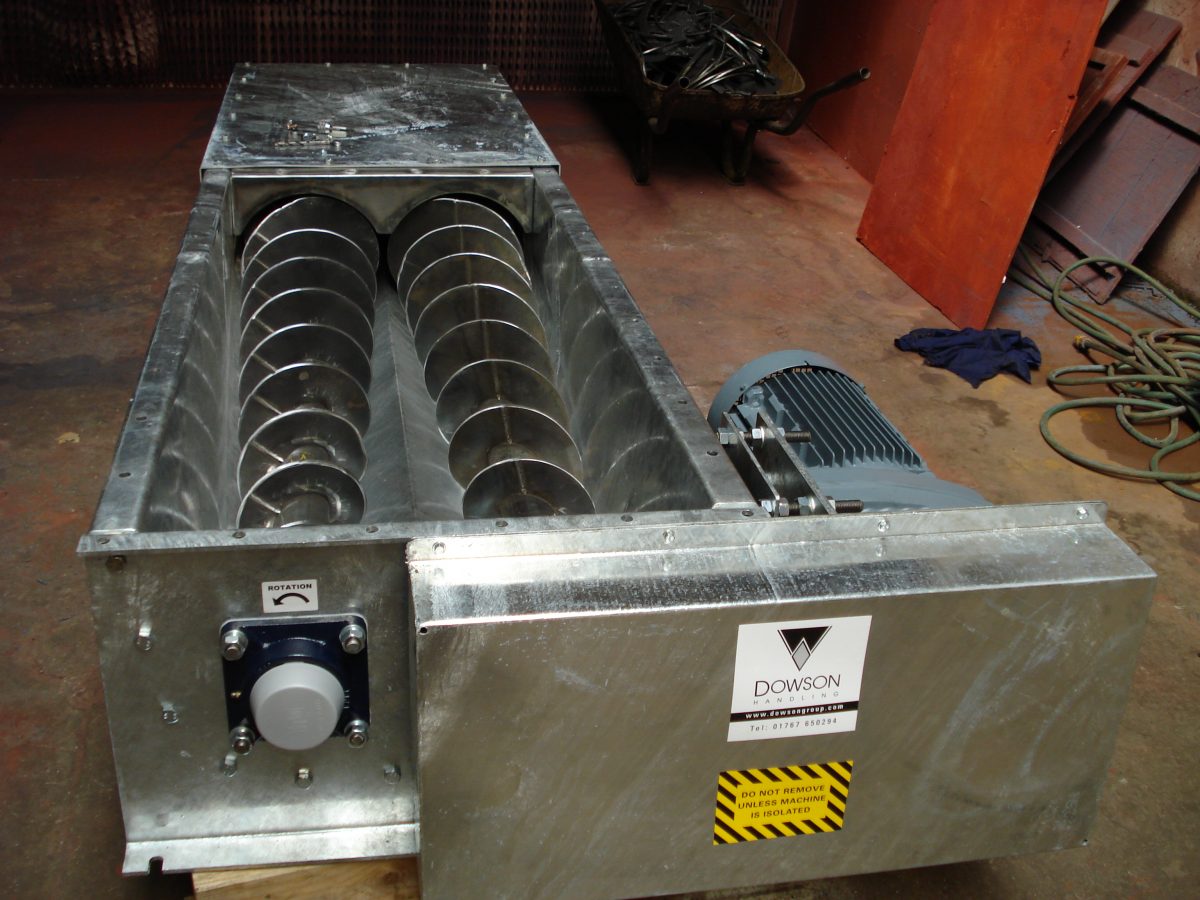When it comes to handling bulk powders and materials stored in large silos, there are many challenging materials whose behaviour requires unique discharge methods. Conventional designs don’t always prove effective. On top of this, equipment that doesn’t meet the exact specifications of material, space and process often come with considerable economic penalties.
A sub-optimal choice of discharge system leads to commissioning costs, production delays and interruptions, reduced output, product waste, lower quality, frequent maintenance and many other challenges.
The Wrights Dowson Group employs an expert team of engineers with a long-standing reputation in providing high-quality bulk handling equipment. Amongst their repertoire is bin dischargers designed to the exact specification of each client’s applications.
What Materials Can Cause Flow problems?
Flow problems come to me when a silo or discharger is not adequately designed to accommodate material and how it acts as it flows. Challenging materials appear in a range of industries.
The mined minerals industries include coal, clay, fluorspar, gypsum, talc, and lime.
In the chemical industries, common problem materials are pigments, portland cement, detergents, carbon black, sludge and fertilisers. But even in the food industry, common issues can arise with flour, bran, cereal, cornstarch and powdered sugar.
Discharge aids can stimulate or improve how bulk solids flow out of a storage container. For example, a bin discharger can activate the powder to keep particles separate and control how speed and volume material is discharged into the production process.
Common Flow Problems
Here are a few of the most common challenges with bulk flowing materials.
- Arching: This is when a product forms a blockage over an outlet. Flow might cease entirely. Arches can often be created over a hopper outlet due to the bulk strength of a cohesive material. In other instances, the material might lump together to form a consistent structure across the opening.
- Piping: This occurs when material empties from a central core above an outlet to the surface of the stored material. The issue arises when no other product collapses into the now open channel. In other words, it gets stuck to the sides and won’t flow.
- Irregular flow. The discharge rate is erratic or depends on cyclic variations. This can be challenging if your application requires a specific, consistent flow.
- Flushing: Flushing is another form of uncontrollable flow often caused by excess air or gas in the voids meant to dilate the bulk material. The product’s weak condition then holds next to no shear strength.
- Segregation of Product: This can lead to flow problems or loss of quality
If you’re experiencing these issues with challenging material, the Wrights Dowson Group can help! Our bin dischargers can be designed to specifically address the flow problems you face in your application. Get in touch with our engineers, who can help you create a bin discharger that meets your needs.









